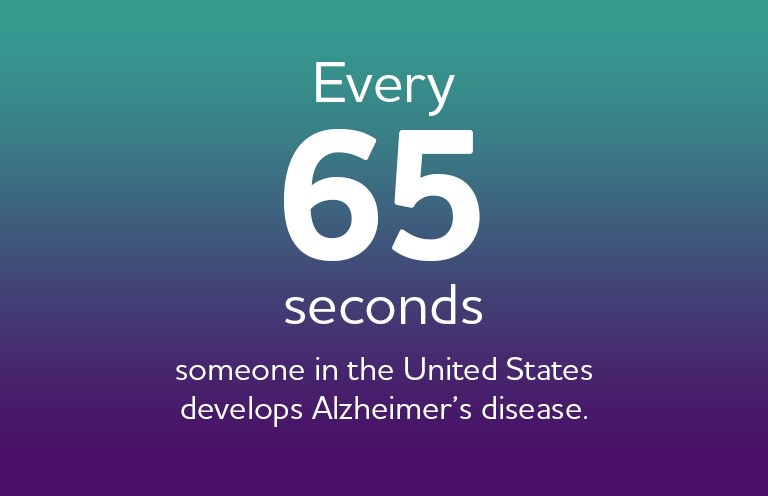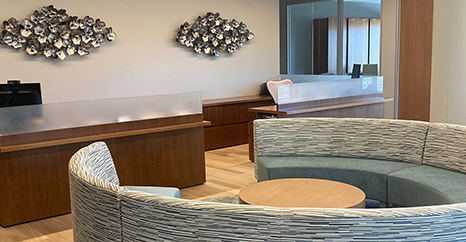An estimated 5.7 million Americans are living with Alzheimer’s dementia in 2018. (Gulp.) People are mentally ripped away from their family and friends and become trapped by their owned minds. I am not a doctor or a trained professional working with Alzheimer’s dementia patients, but the staff at TeamPAR are professional interior designers that believe in the power of the built environment.
Those with Alzheimer’s dementia can become anxious and isolated (especially when sedentary) and barriers in communication can become the norm. The power of reminiscing has a positive impact and elongates engagement with loved ones. By building an environment that returns Alzheimer’s sufferers to a place in their lives where there was no perceived failure and a time when their memory was intact, they no longer feel lost. Brilliant!
Villages and towns have been created to test this theory and prove that dementia sufferers can live fuller lives through the lens of a happier time.
- Hogewey is the size of 10 football fields and is the brainchild of Yvonne van Amerogen, who created a Dutch nursing home that is reminiscent of The Truman Show if The Truman Show were about dementia and Alzheimer’s patients. Like most small villages, it has its own town square, theater, garden and post office. The village has cameras monitoring residents every hour of the day and caretakers are posing in street clothes. There is only one door in and out of town and the residents enjoy their village with no wards, long hallways or hospital style rooms. Read more.
- Glenner Town Square in San Diego is the first US Dementia Village that is based on Main Street USA circa 1953 – 1961. Scott Tarde is the CEO of George G Glenner Alzheimer’s Family Centers. They employ RT (reminiscence therapy) to trigger positive memories from the resident’s past. This can help calm anxiety and soothe aggressive behavior and improve quality of life. Glenner is a day program, not a residential center. The town encompasses 14 activity centers set up as storefronts. This state-of-the-art dementia village is the first of its kind in America and just opened!
We are far from having Alzheimer planned communities from coast to coast, but in the meantime, there are bite-sized changes that can be made to existing facilities to keep up with newer facilities and attract prospective residents.
- Safe Paths to “Wander” that offer Sensory Stimulation: remove “dead-ends” from the floor plan and create walking paths that make sense for the walker with photographs and wayfinding triggers. Exercise creates more energy and energy creates hunger for eating. Add brightly colored fish tanks, water features, piping in natural sounds, daylight, aromas and biophilic design all stimulate and relax memory care residents and allows them to gravitate to the stimulation that moves them. Baskets filled with different stimuli that relate to the resident’s past are great additions to nooks and sitting areas: from test papers with a red pen for a retired teacher to grade to calculators for an accountant play with or envelopes and stamps for a retired postman.
- Themed Areas: Simply put, themed wings help to trigger memory. From 1950’s diners and soda shops to NYC subways, suburban backyards, music venues and movie theatres to working gardens—bring the resident back to a place and time that is relatable and comfortable to them.
Sometimes it truly takes a village to make a difference. Alzheimer’s dementia is a terrible disease. Let’s focus on quality of life changes—where residents can shop, cook and walk freely through their neighborhoods and live in communities—safely. Themed communities would span a decade of time per design. That fits in perfectly with the typical lifecycle of commercial finishes and renovation budgeting.
Lean on TeamPAR to implement some of these facility changes to improve your community. We are ready to bring a smile to the faces and a spring in the step of your residents!



